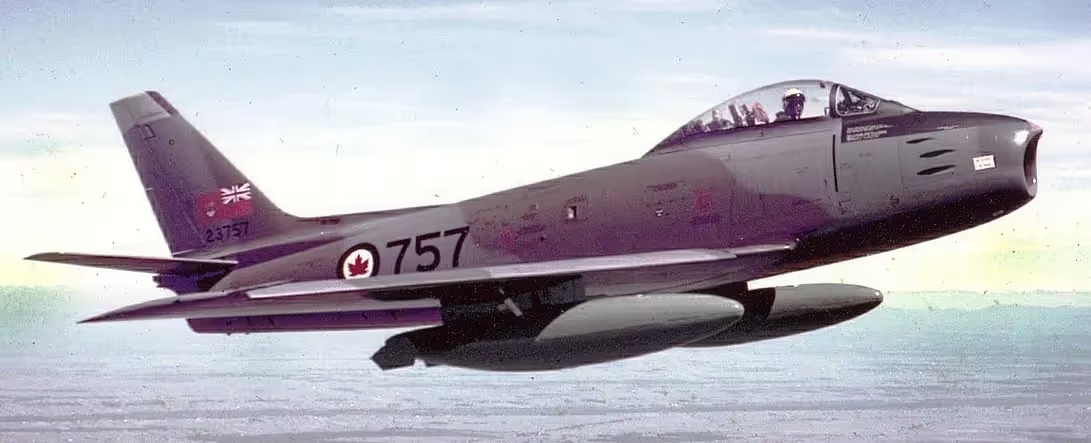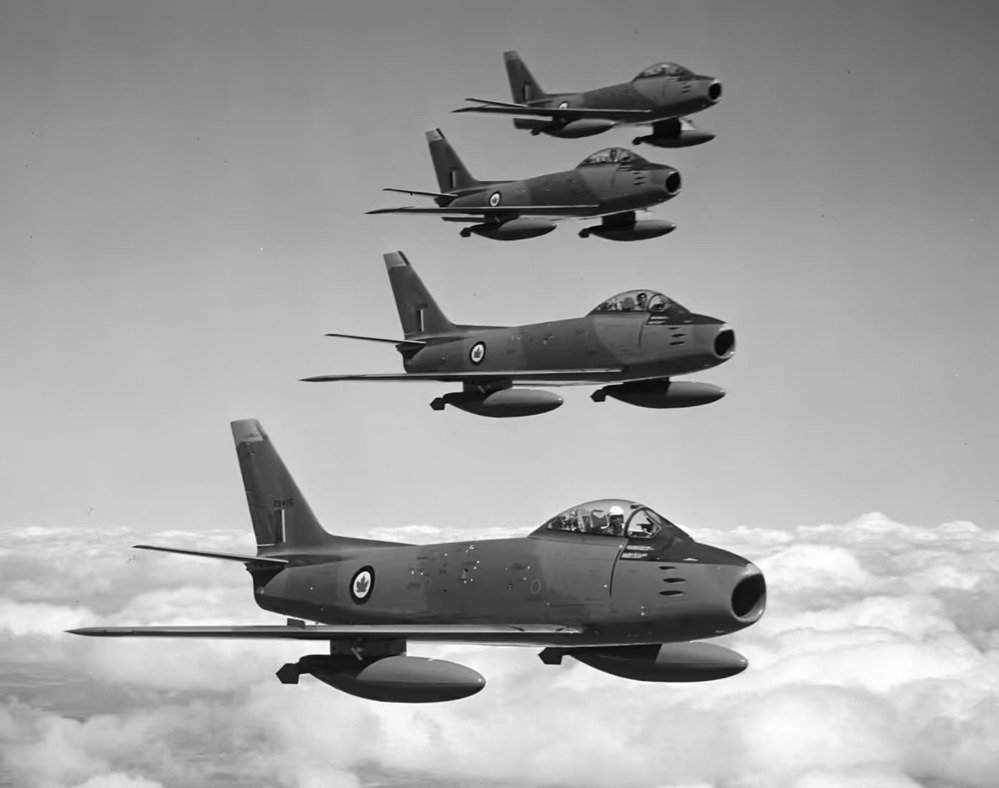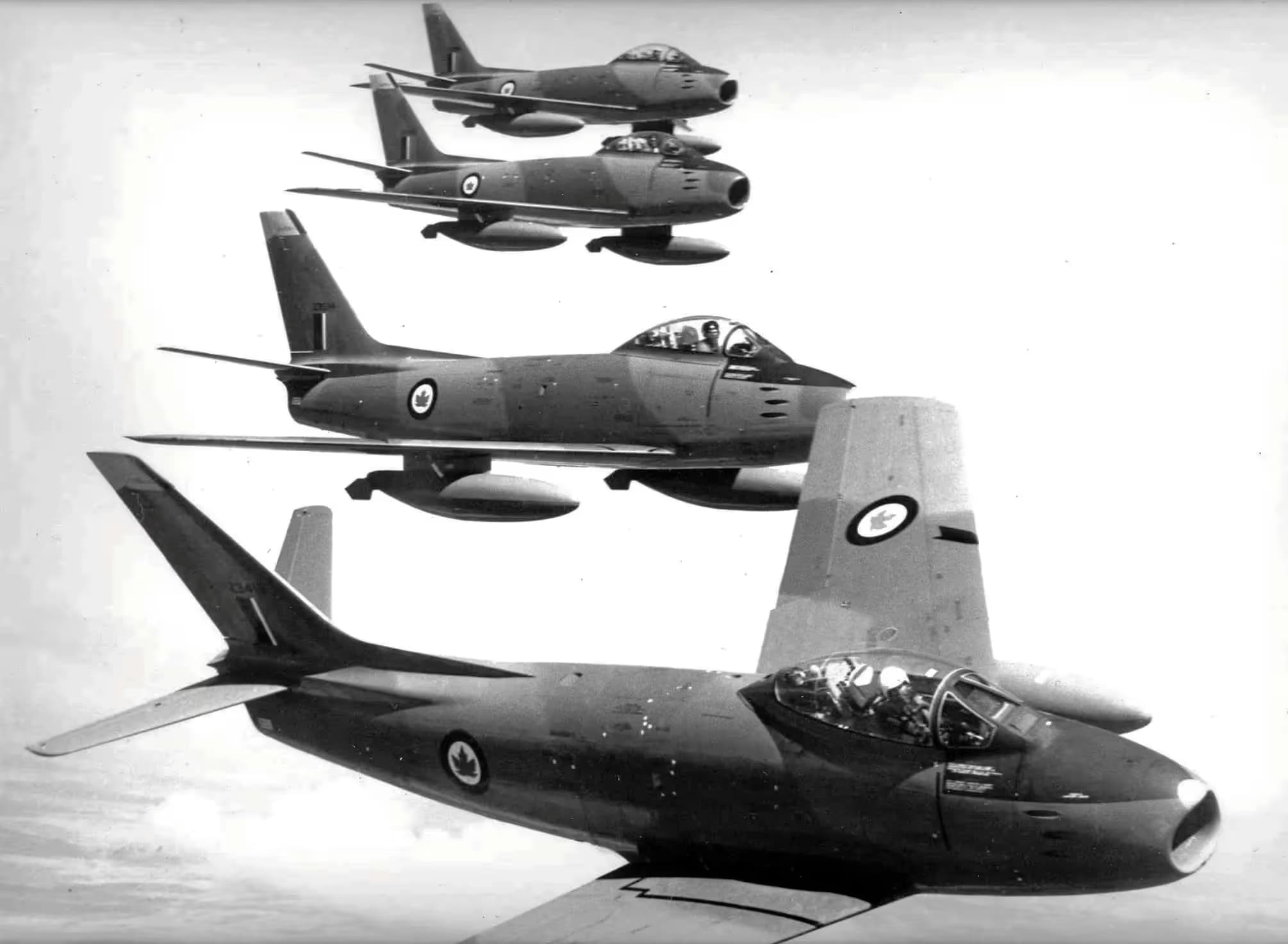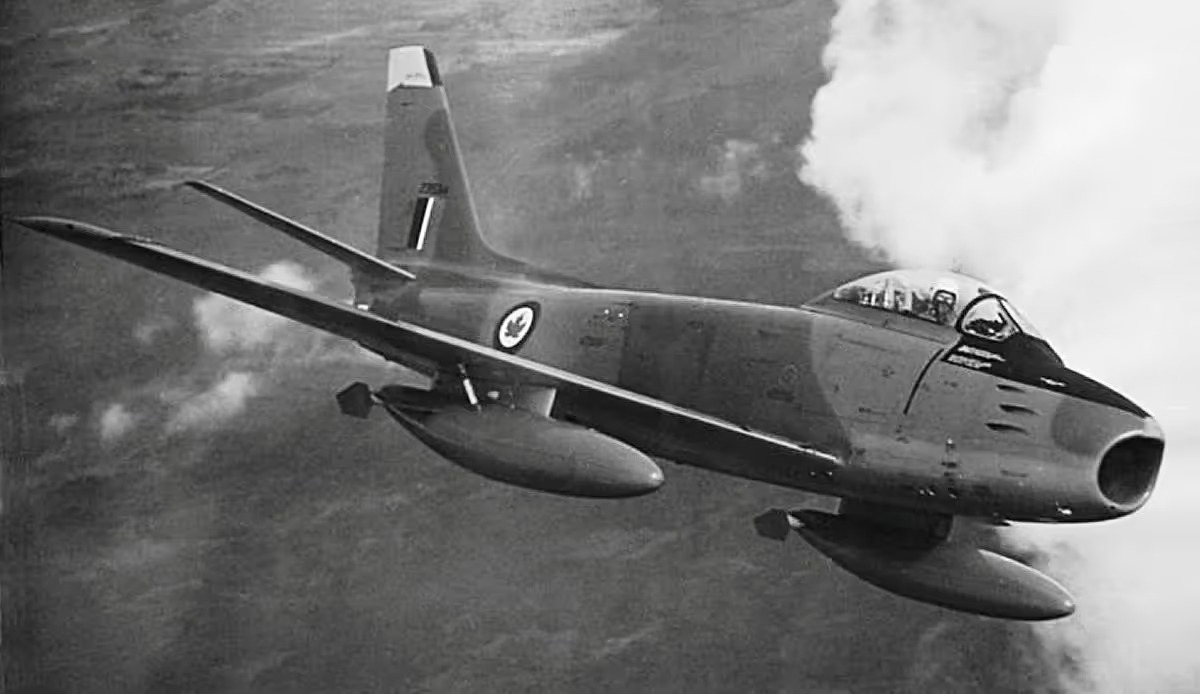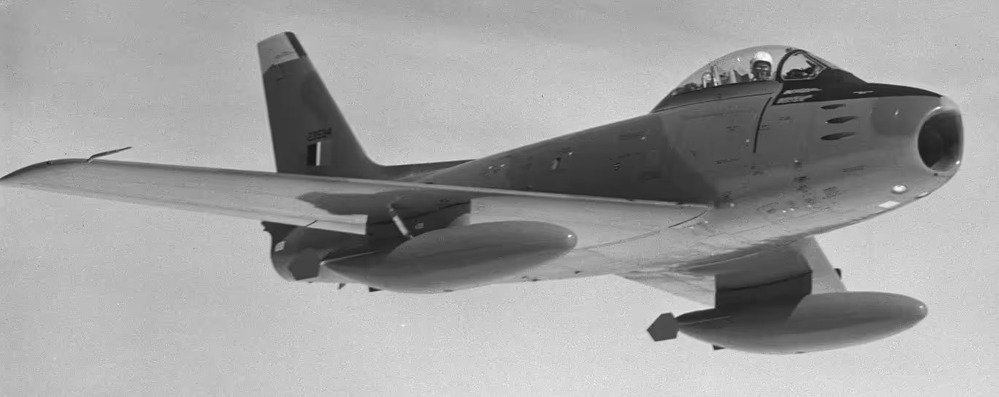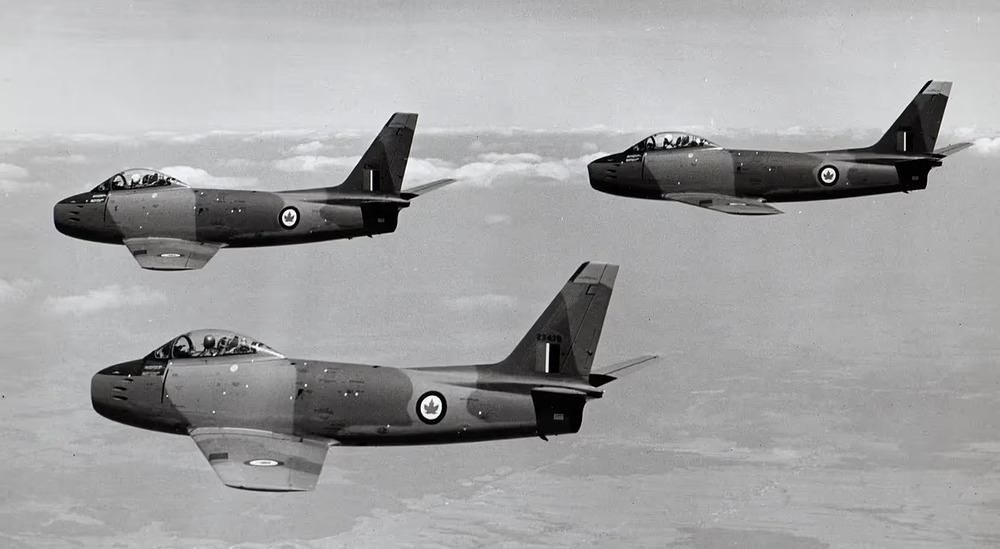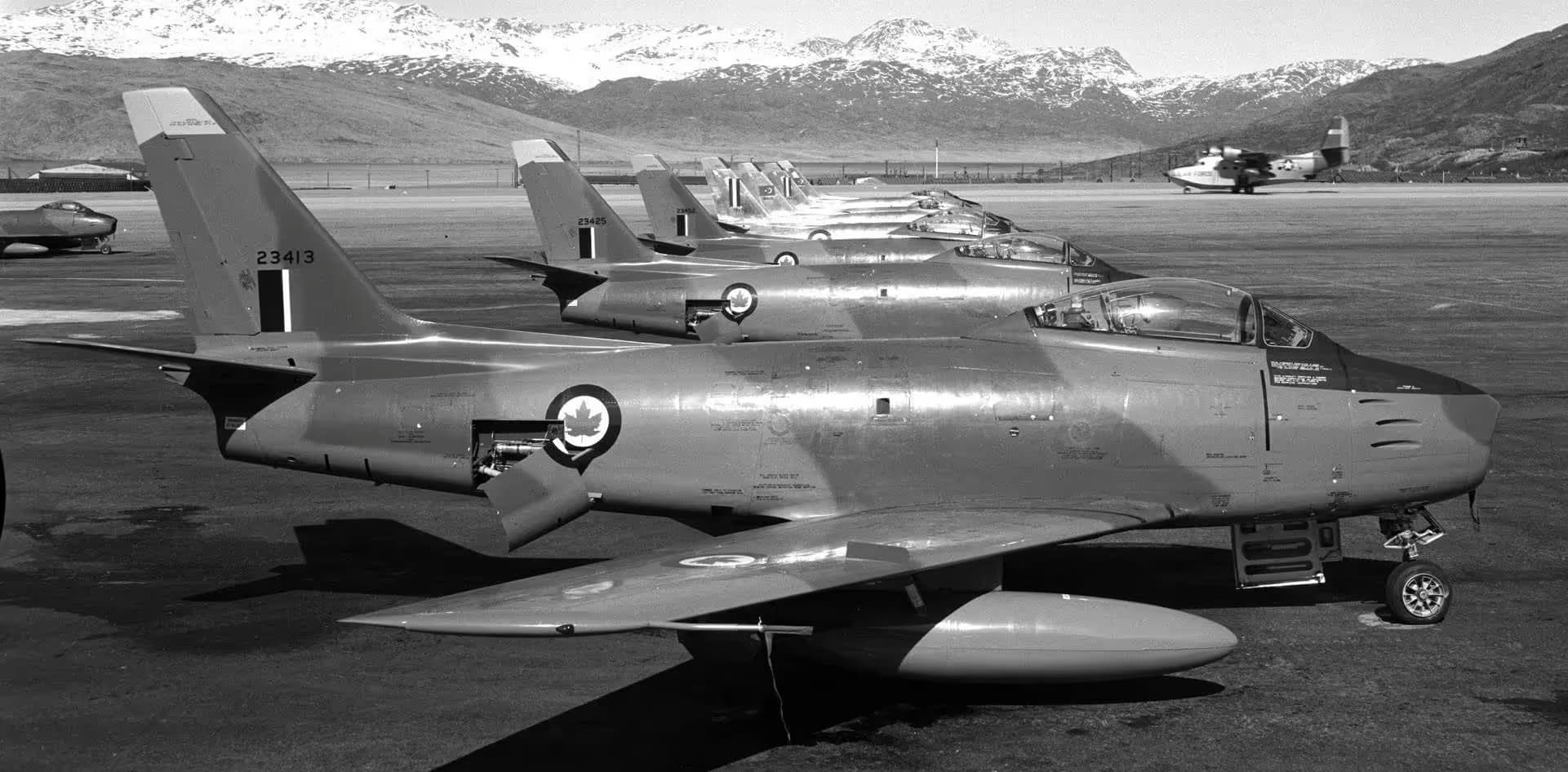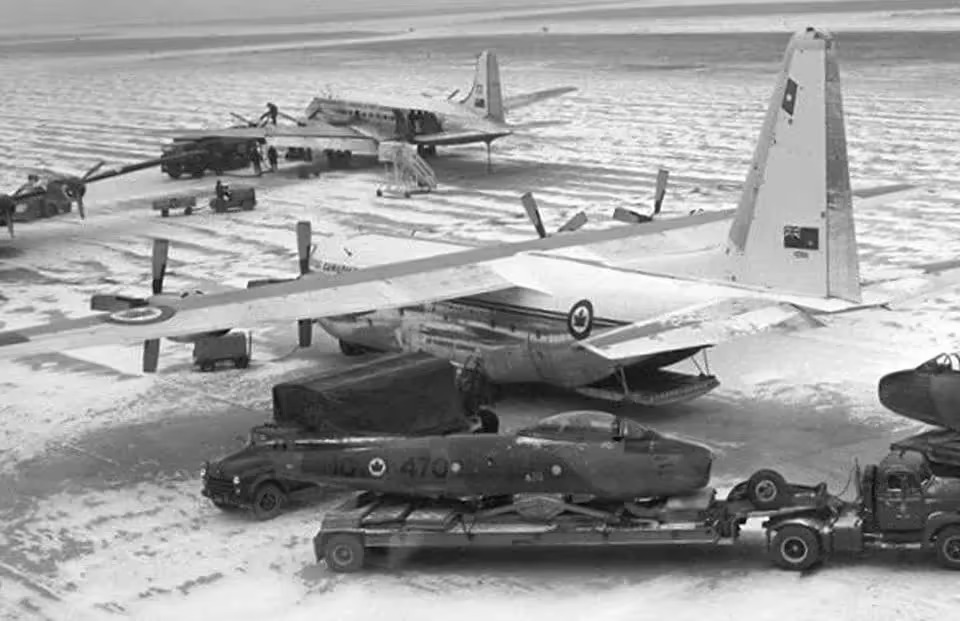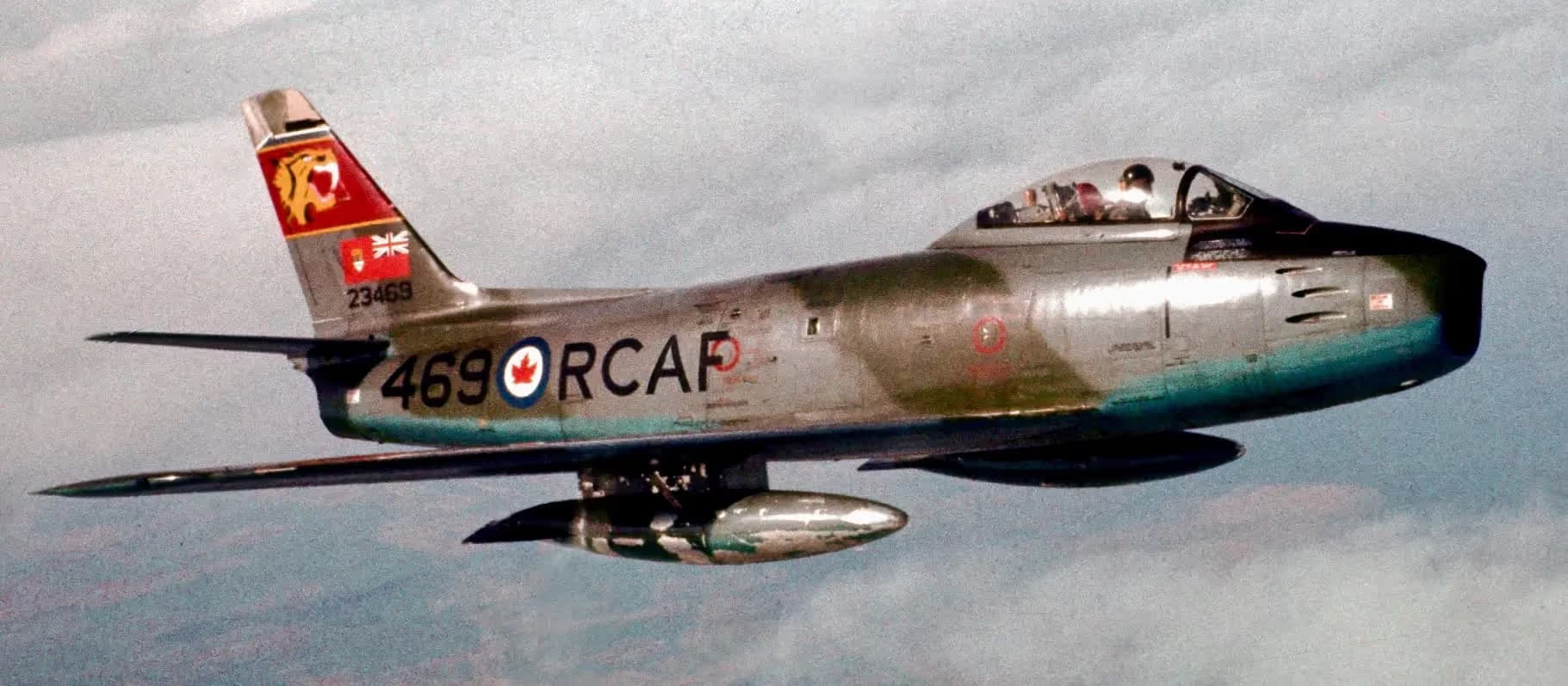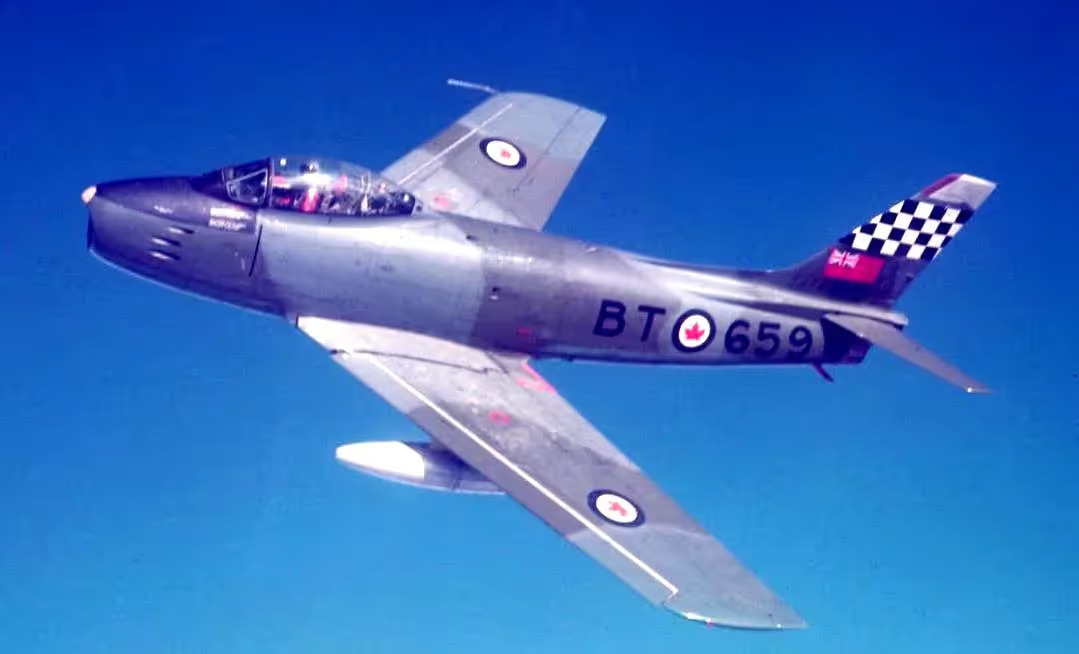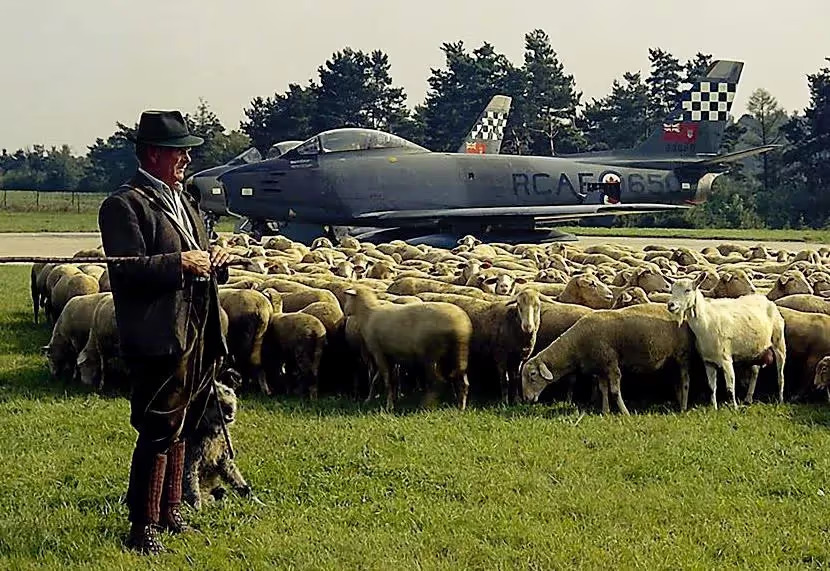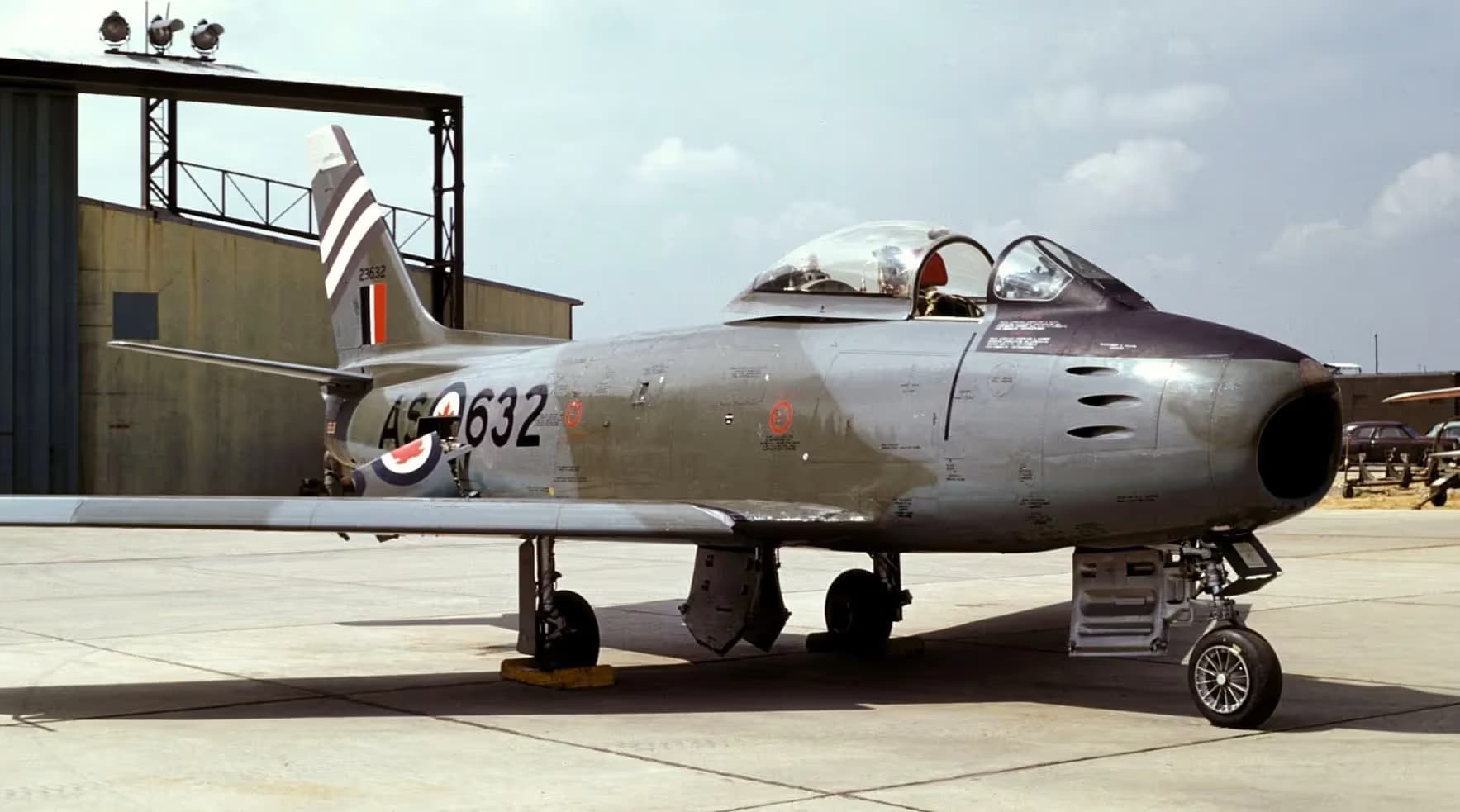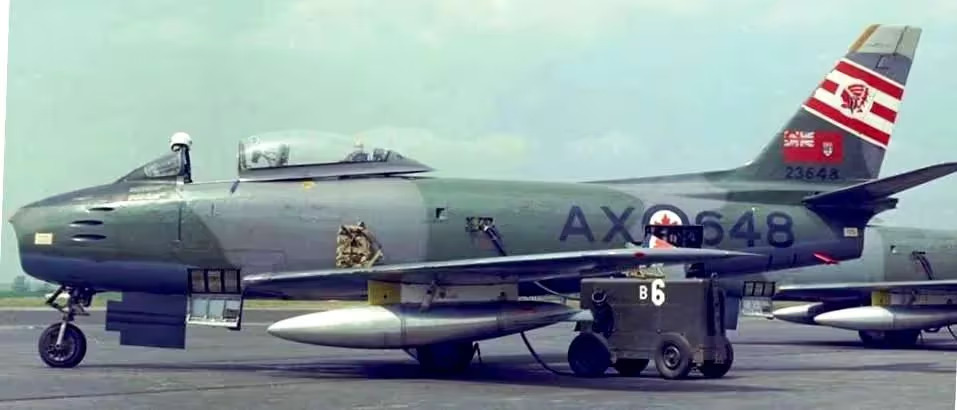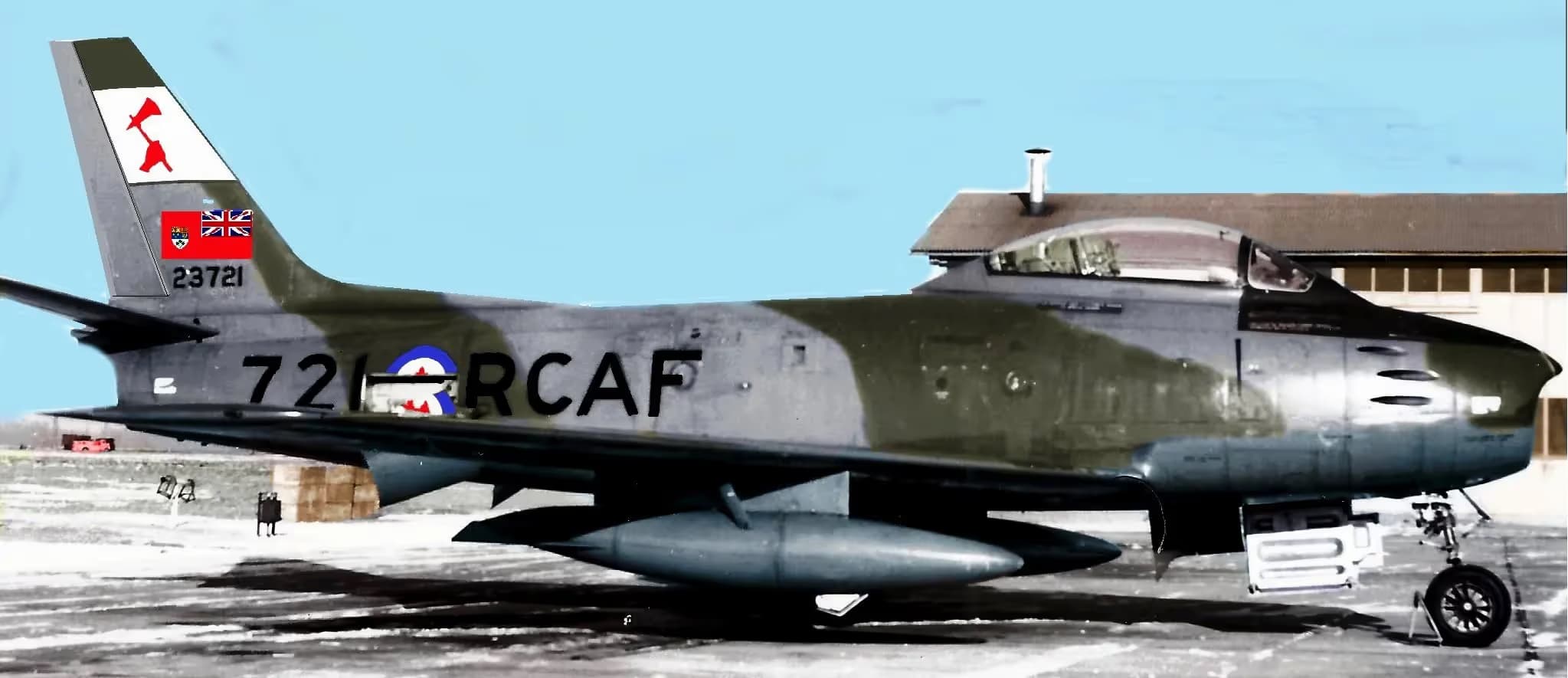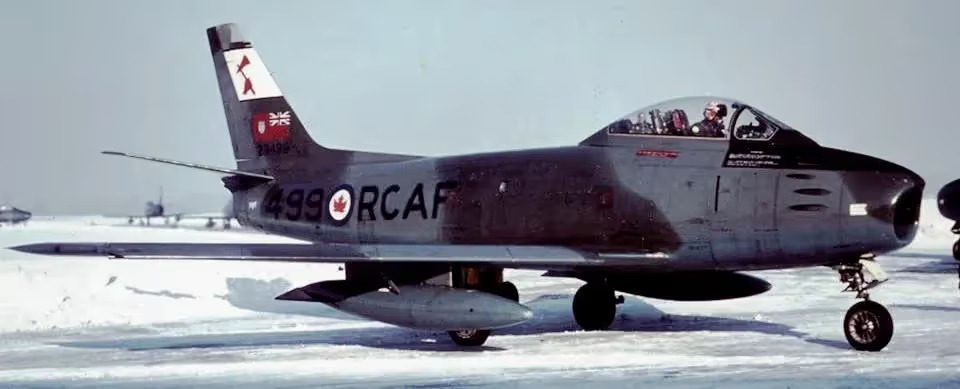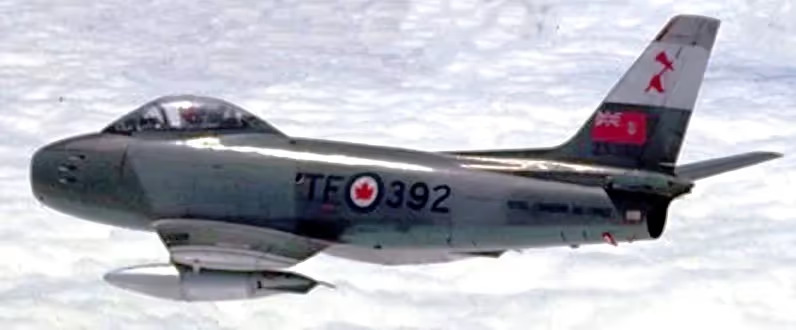- Yes
- No
Hello, ending the Canadian Sabres, comes the Mk 6, the ultimate one.
History:
In 1948, it was decided that the RCAF should be equipped with the American-designed Sabre, with Canadair contracted to build them. Well, the initial order was for 10 aircraft to test the tooling; however, due to the Korean War, the order was upped to 100 aircraft. It would take some time for Canadair to set up the production and a supply line with Canadian companies.
By the end of production, there would be 6 variants of the Canadair Sabres. Well, the Mk 1 & 3 being a and test example and basically identical to the F-86A & a test bed for the Orenda engine on the Sabre, respectively. The Mk 2 would use the same engine as the Mk 1, but during its production, it would gain power assist controls and an “all-flying” tailplane. The Mk 4 would be mostly the same as the Mk 2 but would receive changes required by the RAF. Well, the Mk 5 would use the Orenda 10 & the Mk 6 would use the Orenda 14.
Because the Mk 2 was built in quantity, it would be the first used to equip the RCAF in Europe as part of its air defence role. The US would receive some to use in the Korean War. After their replacement in 1954, they would be sent to Greece and Turkey to equip their air forces after being upgraded. The Mk 4s production would start in mid-1952, with the first one of the mark flying on the 28th of August in 1952. Well, Canada would only keep a small amount of these types for use, and the rest would be sent to the UK until their replacement.
The Mk 5 would first fly on the 30th of July of 1953, it would have modifications based on the F-86F that gave it better maneuverability. These would replace the RCAF units in Europe. The Mk 6 would be the penultimate version of the Canadair Sabre, with its first production model of this mark would be completed on the 2nd of November of 1954, with a total of 655 built by the end of production on the 9th of October 1950. The Mk 6 would replace all Mk 5s in service with the RCAF.
Specs:
Crew/passengers: One pilot in ejection seat
Powerplant: Orenda series 14 turbojet at 7,275 lb (3,302 kg) thrust
Maximum speed: 606 mph (975 km/h)
Cruising speed: 489 mph (787 km/h)
Service ceiling: 54,000 ft (16,458 m)
Range: 1,486 mi (2,391 km)
Empty weight: 10,618 lb (4,818 kg)
Gross weight: 14,613 lb (6,634 kg)
Span: 37 ft 11½ in (11.57 m)
Length: 37 ft 6 in (11.43 m)
Height: 14 ft 9 in (4.50 m)
Wing area: 287.9 sq ft (26.74 m2)
Armament:
Guns: 6 x .50 cal (12.7 mm) Browning M3 machine guns, 1600 rounds
Ordnance: 4 hardpoints
Rockets:
2 x Matra rocket pods with 18 SNEB 68 mm (2.7 in) rockets
16 x 5 inch (127 mm) HVAR rockets
Bombs:
1,000 lb (450 kg) bombs
Napalm bomb canisters
Tactical nuclear weapon
Other: 2 x drop tanks
